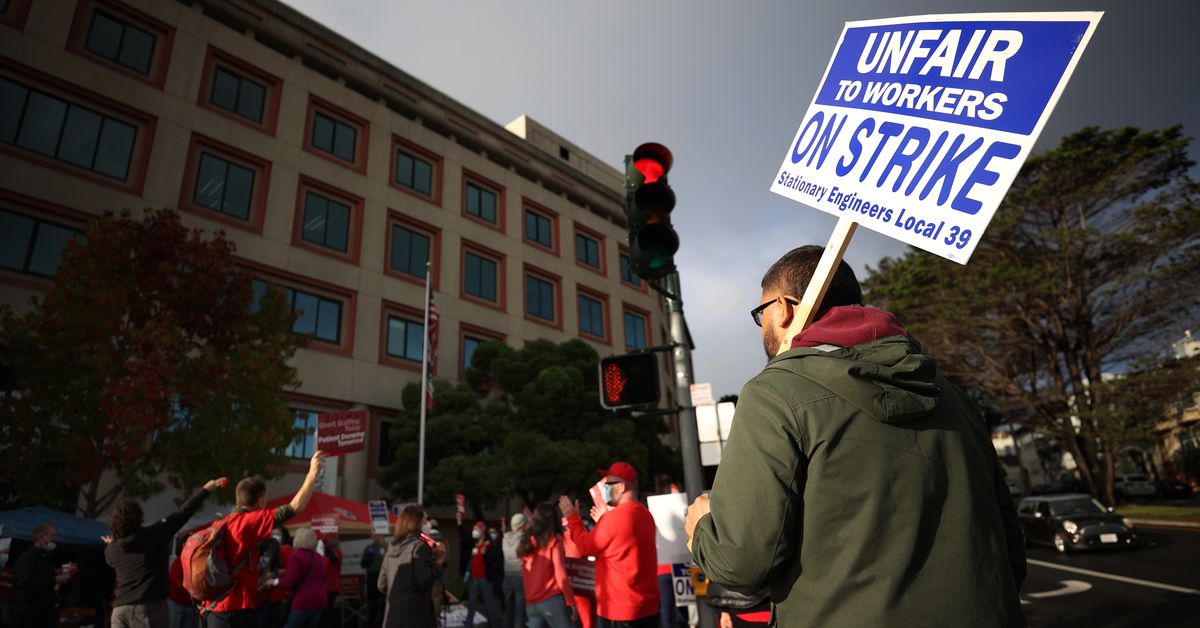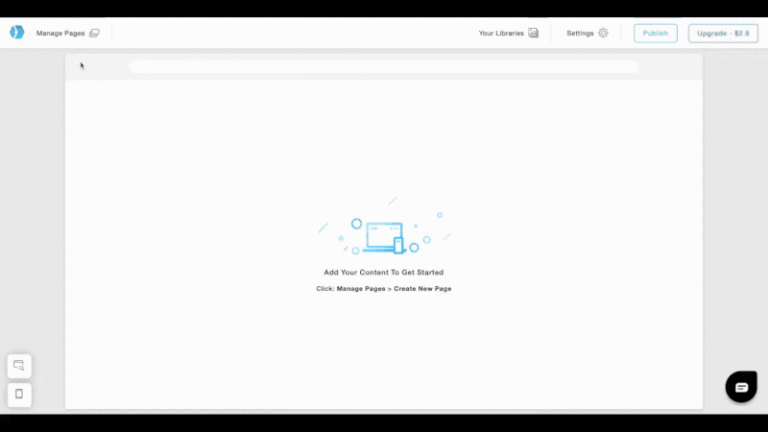
Workers are fed up and fighting back against low pay, poor conditions, and the general idea that work is the center of their lives.
That fighting back is taking on many forms, from the performative to the transformative. Posts about standing up to abusive bosses have become their own genre on TikTok, Reddit, and other platforms. Some workers are participating in collective actions, and approval of unions is at its highest rate since 1965. Others are finding alternative sources of income or committing to getting by on less. Perhaps, most directly, people are quitting their jobs at record rates in what’s become known as the Great Resignation.
Many had expected people to return to the workforce en masse after federal unemployment benefits expired in September. While that’s happened to some degree — the economy added more than half a million jobs last month — there are still many more Americans holding out, thanks to a variety of reasons, from savings to lack of child care to the ongoing risks of the pandemic.
Importantly, the pandemic — as well as government social safety nets like extended unemployment benefits — gave people the time, distance, and perspective to reevaluate the place of work in their lives. This is especially notable for Americans, for whom work is considered a part of their identity and who put in more hours than most other industrialized nations.
There’s also an element of retribution to workers fighting back. When Covid-19 hit, millions of Americans found themselves suddenly jobless. Companies to which people had given years of their lives and labor dropped them in an instant. Now, as the economy recovers and these companies are again hiring, many Americans are angry and don’t want to go back.
“Sources of outrage right now are not lacking,” Heidi Shierholz, president of Economic Policy Institute, told Recode. “It’s against the backdrop of your employer making all kinds of profits, and we’ve all just gone through total hell. I would guess it ups the outrage factor.”
There are still more than 4 million fewer people in the workforce than there would be if labor force participation were at pre-pandemic levels. There are 10.4 million open jobs and just 7.4 million unemployed, according to the latest data. Of course, many of these open jobs are bad: They have bad pay, dangerous working conditions, or just aren’t remote (remote positions on LinkedIn get 2.5 times more applications than non-remote, according to the company).
The result is a situation where many employers — especially those in industries with notoriously bad pay and conditions — are having difficulty finding and retaining workers. To counter it, they’re raising wages, offering better benefits, and even altering the nature of their work. Depending on their strength and duration, these various actions could have long-lasting impacts on the future of work for all Americans.
latest data from the Bureau of Labor Statistics, which has been tracking this data since 2000. That’s 3 percent of all employment and follows a summer of record quit numbers. Quitting has been especially prevalent in lower-paying, lower-status jobs like those in leisure, hospitality, and retail.
Those quits are showing up elsewhere, too. Searches for a variety of resignation-related topics have spiked recently. At one point, searches for how to send a resignation email in the last three months were up about 3,500 percent, both in English and in Spanish, compared to the previous three months, according to Google’s trends newsletter.
TikTok, YouTube, and Twitter. To wit, a TikTok product manager recently went viral on YouTube with her post on why she left. Groups on Reddit are also using the platform to mobilize.
The subreddit Antiwork — whose tagline is “Unemployment for all, not just the rich!” — swelled from just a couple hundred thousand subscribers at the beginning of the year to over 1 million by November. The popular forum is full of screenshots of people telling off bad bosses and asserting their own worth as workers. Some of its most upvoted posts are screenshots of employees talking back to ridiculous employer demands, and they provide clear illustrations of why these workers want to quit. Members, called “Idlers,” give each other confidence to leave what they see as toxic work environments. The Antiwork community has also been organizing a Black Friday boycott, asking retail workers to “withhold their labor” and consumers to “withhold their purchasing power” on what’s traditionally the biggest retail spending day of the year.
This is evidence of how, instead of just leaving their jobs or complaining about them online, a growing number of people are actively fighting to make their jobs better.
In 2021, approval of labor unions grew to 68 percent of Americans, its highest rate in more than 50 years. This is happening as many American workers are attempting to unionize their workplaces. Recent unionization efforts include Starbucks, Amazon, and meal-kit delivery service HelloFresh. Last month was dubbed “Striketober,” as more than 100,000 workers across industries, including workers at John Deere and in film and TV crews, participated in various labor actions. This is one of the many worker trends bulwarked by social media, which is rampant with support for unions.
Shelly Steward, director of the Future of Work Initiative at the Aspen Institute, sees unionization efforts on social media as a more modern version of how workers have always organized: by talking to each other. But social media’s scale, she says, could be contributing to redoubled unionization efforts that could have more permanent effects on labor.
“For a long time, the focus was on individual problems and individual solutions, so if your job isn’t good, walk away from it — it’s that worker’s responsibility to get training and get a better job,” Steward told Recode. “But changing that whole situation, changing the power dynamics between workers and large employers, is going to set everyone up for longer-lasting change.”
While as of 2020 only 11 percent of Americans are part of a union — a statistic that’s been trending downward for decades — Steward believes that declines are slowing and that we may begin to see unionization numbers tick upward when the 2021 dataset is released.
Other workers are employing the timeworn (albeit less savory) tactic of slacking to fight back against their employers or to assert that work is simply not the most important aspect of their lives. So-called “time millionaires” steal time back from their employers by pretending to work or otherwise shirking their responsibilities. They use that time in pursuit of what they consider more important things in life, like family and leisure. People who hold multiple remote jobs but only put in one job’s worth of work are doing something similar.
And then there are people looking to opt out of work entirely by finding alternate sources of income. Many Americans are ascribing to lifestyle trends like FIRE (Financial Independence, Retire Early) — a financial movement in which people use a combination of extreme cost-cutting and passive investments to leave the workforce early. One could also see the rise of WallStreetBets, where regular people discuss using free trading platforms like Robinhood to trade stocks, as a rejection of typical forms of employment.
These trends as well as the fact that more Americans are quitting their jobs than ever recorded are signs of a robust job market that’s squarely in workers’ favor. How long the situation can last depends on a number of factors and whether workers are able to enact long-term changes soon.






